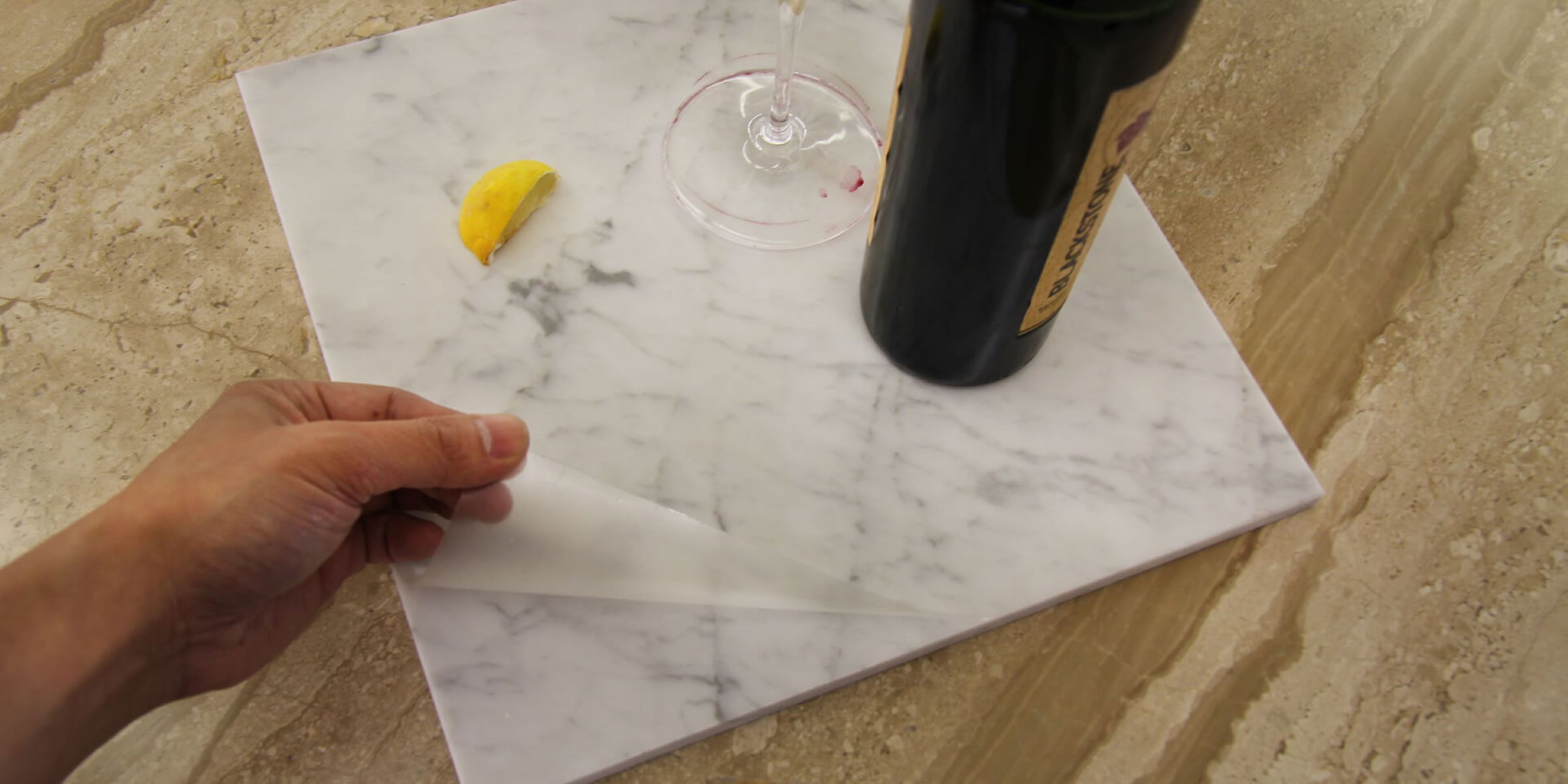

Articles
How To Take Care Of Marble Countertops
Modified: August 28, 2024
Discover valuable articles on how to properly care for and maintain your beautiful marble countertops, ensuring they stand the test of time.
(Many of the links in this article redirect to a specific reviewed product. Your purchase of these products through affiliate links helps to generate commission for Storables.com, at no extra cost. Learn more)
Introduction
Marble countertops are a luxurious addition to any kitchen or bathroom, adding an elegant and timeless look. However, they require special care and maintenance to preserve their beauty and durability. In this article, we will explore the various aspects of taking care of marble countertops, including cleaning, maintenance, stain removal, prevention of damage, and the importance of sealing and polishing.
Marble is a natural stone that is formed from limestone under intense heat and pressure. It is highly prized for its unique veining patterns and smooth, polished surface. While marble is a durable material, it is also porous and can be easily etched or stained if not properly cared for.
Understanding the characteristics of marble is essential in understanding why it requires special care. The porous nature of marble makes it susceptible to absorbing liquids and oils, which can lead to stains or discoloration. Additionally, certain acidic substances, such as lemon juice or vinegar, can etch the surface of marble, causing it to lose its shine and smoothness.
To ensure the longevity and beauty of your marble countertops, it is important to follow proper cleaning and maintenance practices. Regular cleaning and preventative measures can help minimize damage and preserve the natural beauty of the stone.
In the next sections, we will delve deeper into the specific steps and techniques for cleaning and maintaining marble countertops. We will also explore common mistakes to avoid and discuss methods for dealing with stains. Finally, we will touch on the importance of sealing and polishing marble countertops to enhance their appearance and protect them from damage.
By following these guidelines and incorporating proper care and maintenance, you can ensure that your marble countertops remain a stunning centerpiece in your home for years to come.
Key Takeaways:
- Proper care and maintenance, including immediate spill cleanup, gentle cleaning products, and avoiding acidic substances, are essential to preserve the natural beauty and longevity of luxurious marble countertops.
- Preventing damage through the use of cutting boards, trivets, and regular sealing, as well as addressing stains promptly with appropriate techniques, ensures that marble countertops remain a stunning centerpiece in any home.
Read more: What Are Marble Countertops
Understanding Marble Countertops
Marble countertops are a popular choice for homeowners who desire the luxurious and sophisticated look that natural stone provides. Marble is a metamorphic rock composed mainly of calcite, making it a softer and more porous material compared to other stone options like granite.
The unique beauty of marble lies in its veining patterns, which can range from subtle and elegant to bold and dramatic. Each piece of marble is one-of-a-kind, and this natural variation adds character and charm to any space.
However, due to its porous nature, marble countertops require special care and attention to maintain their appearance and longevity. The porosity of marble means that it can absorb liquids, oils, and stains more easily than other stone surfaces, which can lead to discoloration and damage over time.
It’s important to note that the level of porosity can vary depending on the type of marble and its finish. Polished marble has a smoother surface with tighter pores, which makes it less susceptible to stains. Honed marble, on the other hand, has a matte finish and can be more prone to staining.
Another factor to consider when choosing marble countertops is their relative softness compared to other natural stones. Marble has a Mohs hardness scale rating of 3, which means it is softer and more prone to scratching and etching. This susceptibility to damage requires extra caution when using knives or other sharp objects on the surface.
Given the unique qualities of marble countertops, it is important to understand their characteristics and limitations before making a purchase decision. Proper education and realistic expectations can help you make an informed choice and ensure that marble countertops are the right fit for your lifestyle and maintenance preferences.
In the following sections, we will explore the specific care and maintenance practices that are essential to keep your marble countertops looking their best. From daily cleaning routines to stain removal techniques, we will provide you with the knowledge and tools to properly care for your marble surfaces and protect your investment.
Why Marble Countertops Require Special Care
Marble countertops are a luxurious addition to any home, but they require special care and attention to maintain their beauty and durability. The unique characteristics of marble make it more susceptible to damage and staining compared to other countertop materials. Understanding why marble countertops require special care is crucial to ensure their longevity and preserve their natural beauty.
One of the main reasons marble countertops require special care is their porous nature. Marble is composed of calcium carbonate, which means it has microscopic pores that can absorb liquids and stains. This porosity makes it more vulnerable to substances like red wine, coffee, and acidic juices, which can seep into the stone and leave permanent stains.
Additionally, marble is a relatively soft stone compared to materials like granite or quartz. It ranks around 3 to 4 on the Mohs scale of mineral hardness, which means it is more prone to scratches and etching. Everyday use, such as cutting or chopping directly on the countertops, can easily leave visible marks and dull the surface of the marble.
Another factor that contributes to the need for special care is the sensitivity of marble to acidic substances. Acids found in common household items like vinegar, lemon juice, and certain cleaning products can etch the surface of the marble, causing a loss of shine and creating a dull appearance. It is important to avoid using any acidic cleaners or abrasive materials on marble countertops to prevent damage.
Furthermore, the placement of marble countertops in the home also affects their susceptibility to staining and damage. High-traffic areas like the kitchen, where spills and food preparation are common, pose a greater risk to the marble surface. Bathrooms, where beauty products and toiletries are used, also require careful maintenance to avoid staining the countertops.
Considering these factors, it is evident why marble countertops require special care. To effectively maintain and protect your investment, it is essential to follow proper cleaning and maintenance practices. Regular cleaning, immediate action on spills, using trivets or cutting boards, and employing gentle cleaning products specifically formulated for marble are all key steps in ensuring the longevity and beauty of your marble countertops.
By understanding the unique needs of marble and implementing proper care, you can enjoy the elegance and timeless beauty of your marble countertops for years to come.
General Cleaning and Maintenance Tips
To keep your marble countertops looking their best, regular cleaning and maintenance is essential. By following these general tips, you can ensure that your countertops remain clean, protected, and free from damage:
- Wipe Up Spills Immediately: Marble is prone to staining, so it’s crucial to clean up any spills as soon as possible. Use a soft, absorbent cloth or paper towel to blot the spill gently. Avoid rubbing the spill, as this can spread the liquid and potentially push it deeper into the stone.
- Use Mild, pH-Neutral Cleaners: When it comes to cleaning marble countertops, less is more. Avoid using harsh or abrasive cleaners that can damage the stone’s surface. Instead, opt for mild, pH-neutral cleaners specifically formulated for use on marble. Dilute the cleaner with water according to the manufacturer’s instructions, and use a soft cloth or sponge to clean the surface. Rinse thoroughly and dry with a clean cloth.
- Avoid Acidic Cleaners: Acidic substances, such as vinegar, lemon juice, and citrus-based cleaners, can erode the marble’s surface and cause etching. Steer clear of these cleaners when caring for your marble countertops.
- Protect the Surface: Use coasters, placemats, and trivets to prevent direct contact between hot pots, pans, and dishes, as well as glasses containing acidic or colored liquids, and the marble surface. This extra layer of protection can help prevent heat damage or potential staining from spills.
- Don’t Use Abrasive or Scrubbing Tools: Avoid using abrasive sponges, scrub brushes, or scouring pads when cleaning your marble countertops. These materials can scratch the surface and damage the natural beauty of the stone. Stick to soft cloths or gentle cleaning tools.
- Dry Surfaces Completely: After cleaning, be sure to dry the marble countertops thoroughly. Leaving any moisture on the surface can cause water spots or contribute to staining over time. Use a clean, lint-free cloth to dry the surface.
- Regularly Dust and Wipe Down: Dust and debris can accumulate on the surface of your marble countertops, dulling their shine. Use a soft, dry cloth or a microfiber duster to remove dust regularly. This simple step can help maintain the overall cleanliness and appearance of your countertops.
By incorporating these general cleaning and maintenance tips into your routine, you can effectively preserve the beauty and integrity of your marble countertops. Remember that prevention is key when it comes to marble care, so always be mindful of the products you use and the potential risks that can harm the surface of your countertops.
Avoiding Common Mistakes
When it comes to caring for your marble countertops, it is important to be aware of common mistakes that can cause damage or diminish their beauty. By avoiding these mistakes, you can ensure the longevity and durability of your countertops:
- Using Harsh Cleaners: One of the most common mistakes is using harsh or abrasive cleaners on marble countertops. Avoid using cleaners that contain acidic ingredients, such as vinegar or citrus-based detergents. These cleaners can etch the surface of the marble and cause permanent damage.
- Using Scrubbing Tools: Another mistake to avoid is using abrasive scrub brushes, scouring pads, or steel wool on your marble countertops. These tools can scratch the surface and mar the smoothness of the stone. Stick to soft cloths or gentle cleaning tools to prevent any scratches or damage.
- Ignoring Spills: It’s important to address spills on marble countertops as soon as they occur. Ignoring spills or allowing them to sit for a prolonged period can lead to staining. Use a soft cloth to blot the spill gently and absorb the liquid. Avoid wiping the spill, as this can spread it and potentially push the liquid deeper into the stone.
- Using Improper Sealing: Sealing your marble countertops is essential to protect them from stains and etching. However, using the wrong type of sealer or applying it improperly can lead to a hazy or blotchy appearance. Consult with a professional or follow the manufacturer’s instructions to ensure you are using the appropriate sealer and applying it correctly.
- Skipping Regular Maintenance: Marble countertops require regular maintenance to retain their beauty and longevity. Skipping routine cleaning and maintenance can allow dirt, spills, and stains to accumulate, making it more difficult to clean the surface effectively. Incorporate a regular cleaning schedule to prevent build-up and keep your countertops looking their best.
- Using Marble Countertops as Cutting Boards: Marble is a relatively soft stone and can be easily scratched or etched. Using your marble countertops as cutting boards can cause irreversible damage. Always use a cutting board or other protective surface when chopping or cutting ingredients to prevent scratches and maintain the smoothness of the marble.
- Not Using Coasters or Trivets: Placing hot pans or dishes directly on marble countertops can cause thermal shock and potentially lead to cracks or damage. Similarly, acidic liquids like citrus juices, wine, or coffee can cause staining if left in direct contact with the surface. Always use coasters, placemats, or trivets to protect your marble countertops from heat and spills.
By avoiding these common mistakes, you can safeguard your investment and enjoy the beauty and elegance of your marble countertops for years to come. Remember to handle your countertops with care, follow proper cleaning practices, and take preventative measures to prevent damage and maintain their pristine appearance.
Use a pH-neutral cleaner and avoid acidic substances like lemon juice or vinegar, which can etch the marble. Wipe up spills immediately to prevent staining.
Read more: How To Shine Marble Countertops
Dealing with Stains on Marble Countertops
Stains on marble countertops can be a cause for concern, but with the right approach and techniques, most stains can be effectively removed. It is important to address stains on marble as soon as possible to prevent them from setting in and becoming more difficult to remove. Here are some steps to help you deal with stains on your marble countertops:
- Identify the Type of Stain: Different stains require different cleaning methods, so it’s important to identify the type of stain you’re dealing with. Common types of stains on marble include food stains, oil-based stains, water stains, and organic stains. Knowing the type of stain will help you determine the most effective approach for removal.
- Blot the Stain: If the stain is fresh or still wet, begin by blotting the area with a soft, absorbent cloth or paper towel. Avoid rubbing the stain, as this can spread it further. Gently blot the stain to absorb as much of the substance as possible.
- Create a Poultice: For deeper or stubborn stains, creating a poultice can help draw out the stain from the marble. A poultice is a paste-like mixture that is applied to the stain and left to work its magic. The exact ingredients will depend on the type of stain, but common poultice materials include baking soda, hydrogen peroxide, talcum powder, or a specialized marble poultice product.
- Apply the Poultice: Prepare the poultice mixture according to the instructions or by mixing the appropriate materials. Apply the poultice directly to the stained area, ensuring it covers the entire stain with a thickness of about 1/4 to 1/2 inch. Cover the poultice with plastic wrap and let it sit for the recommended duration, usually 24 to 48 hours.
- Remove the Poultice: After the designated time has passed, remove the plastic wrap and gently scrape off the dried poultice using a plastic scraper or a non-abrasive spatula. Rinse the area thoroughly with water and dry with a clean cloth.
- Polish and Restore: In some cases, after stain removal, the marble surface may appear dull or etched. To restore its shine, use a marble polishing powder or a specialized marble polish. Follow the manufacturer’s instructions to apply the polish and gently buff the surface to restore its luster.
In some instances, particularly for deep or stubborn stains, it may be necessary to seek professional help or consult with a stone restoration expert. They will have the expertise and tools to effectively remove stubborn stains and restore the beauty of your marble countertops.
Prevention is always the best approach to dealing with stains on marble countertops. Regularly clean up spills, use coasters and cutting boards, and ensure that your countertops are properly sealed to minimize the risk of staining. By following these stain removal techniques and taking preventative measures, you can keep your marble countertops looking pristine and free from stains for years to come.
Preventing Damage to Marble Countertops
Prevention is key when it comes to maintaining the beauty and longevity of your marble countertops. By following these tips and implementing preventive measures, you can minimize the risk of damage and protect your investment:
- Use Cutting Boards and Trivets: Marble is a relatively soft stone that is susceptible to scratching and etching. To avoid damage, always use cutting boards and trivets when preparing food or placing hot pots and pans on the countertop. This creates a protective barrier between the marble surface and potential sources of damage.
- Avoid Harsh Cleaners: Harsh or abrasive cleaners can wear away the protective seal and damage the marble surface. Use mild, pH-neutral cleaners specifically formulated for marble to clean your countertops. These cleaners are gentle yet effective in removing dirt and stains without causing harm.
- Act Quickly on Spills: Marble is porous and can absorb liquids, potentially leading to staining. Act immediately on spills by blotting them gently with a soft cloth or paper towel. Avoid wiping the spill, as this can spread it further. Prompt action can prevent the liquid from seeping into the marble and causing permanent damage.
- Be Mindful of Acidic Substances: Acidic substances like lemon juice, vinegar, and certain cleaning products can etch the surface of marble, causing it to lose its shine and smoothness. Avoid using these substances directly on your countertops. If contact occurs, immediately rinse with water and gently dry the surface.
- Implement Regular Cleaning: Regular cleaning is essential to prevent the build-up of dirt, grime, and potential stains on your marble countertops. Wipe the surface daily with a soft cloth or microfiber cloth to remove dust and debris. Perform a deeper clean with a mild marble cleaner on a weekly basis to keep the countertops looking their best.
- Properly Seal Your Countertops: Sealing your marble countertops helps protect them from staining and etching. Be sure to choose a high-quality, penetrating sealer that is suitable for marble surfaces. Follow the manufacturer’s instructions for application and reapplication, as sealers have a limited lifespan and may need periodic resealing.
- Avoid Excessive Weight: While marble is a durable material, excessive weight or pressure can cause it to crack or chip over time. Avoid placing heavy objects or applying excessive force on the countertops. Use caution when handling heavy items or consider using additional support, such as wooden blocks or pads, to distribute the weight evenly.
- Regularly Inspect for Damage: Perform regular inspections of your marble countertops to identify any signs of damage or wear. Look for scratches, chips, or any changes in the surface. Promptly address any issues to prevent further damage and maintain the overall aesthetics of your countertops.
By implementing these preventive measures and following proper maintenance practices, you can minimize the risk of damage to your marble countertops. By doing so, you’ll be able to enjoy their beauty and elegance for years to come, while also protecting your investment.
Sealing and Polishing Marble Countertops
Sealing and polishing marble countertops is an essential step in maintaining their beauty and protecting them from stains and damage. Sealing helps create a protective barrier on the surface of the marble, while polishing restores its shine and smoothness. Here’s a guide on how to properly seal and polish your marble countertops:
- Clean the Countertop: Before sealing or polishing your marble countertops, ensure that they are clean and free from any dust, debris, or residue. Use a mild, pH-neutral cleaner specifically formulated for marble and a soft cloth to wipe away any dirt or stains. Allow the countertops to dry completely before proceeding.
- Choose the Right Sealer: Select a high-quality marble sealer that is suitable for your specific type of marble. Some marbles are more porous than others, so it’s important to choose a sealer that will effectively penetrate the stone and provide adequate protection. Read the manufacturer’s instructions to ensure you’re using the correct product for your countertops.
- Apply the Sealer: Start by pouring a small amount of sealer onto the countertop and spread it evenly using a soft cloth or a sealer brush. Make sure to cover the entire surface, including the edges. Allow the sealer to penetrate the marble as specified in the instructions, usually around 10 to 15 minutes. If the sealer is not absorbed after the recommended time, remove any excess sealer with a clean cloth.
- Buff the Surface: After the sealer has fully penetrated the marble, use a clean, dry cloth to gently buff the surface. This will ensure that any excess sealer is removed and will help enhance the shine of the marble. Continue buffing until the surface feels smooth and no residue remains.
- Let the Sealer Cure: Allow the sealer to cure for the recommended time before using the countertops. This will ensure that the sealer fully bonds with the marble and provides optimum protection. Avoid placing any objects or applying pressure on the countertops during this curing period.
- Polish the Countertops: Polishing marble countertops can help restore their shine and smoothness. Use a marble polishing powder or a specialized marble polish, following the instructions provided. Apply the polish to the countertop and use a soft cloth to gently buff the surface in circular motions. Continue polishing until the desired shine is achieved, then wipe away any residue with a clean cloth.
Sealing and polishing your marble countertops should be done periodically to maintain their appearance and protection. The frequency of sealing will depend on the type of marble, its porosity, and the amount of use the countertops receive. Generally, it is recommended to seal marble countertops every 6 to 12 months, although it’s important to follow the instructions provided by the sealer manufacturer.
By properly sealing and polishing your marble countertops, you can enhance their natural beauty, protect them from stains and damage, and prolong their lifespan. Regular maintenance and care will ensure that your marble countertops remain a stunning centerpiece in your home for years to come.
Conclusion
Marble countertops are a luxurious addition to any kitchen or bathroom, providing an elegant and timeless look. However, they require special care and maintenance to preserve their beauty and durability. By understanding the unique characteristics of marble and implementing proper care techniques, you can ensure the longevity of your countertops and keep them looking their best.
From regular cleaning and maintenance to avoiding common mistakes, taking care of marble countertops involves being mindful of their porous nature, sensitivity to acidic substances, and susceptibility to scratching and etching. By following general cleaning tips, such as wiping up spills immediately, using mild, pH-neutral cleaners, and avoiding abrasive tools, you can prevent damage and maintain the natural beauty of the stone.
Dealing with stains on marble countertops requires prompt action and the use of appropriate stain removal techniques. By identifying the type of stain, applying poultices, and polishing the surface afterward, most stains can be effectively removed. However, prevention is key, and implementing preventive measures such as using cutting boards and trivets, sealing the countertops, and practicing regular maintenance can help avoid stains altogether.
Sealing and polishing marble countertops are crucial steps in their care. By choosing the right sealer, applying it correctly, and regularly sealing the countertops, you can provide an extra layer of protection against stains and damage. Polishing the countertops restores their shine and smoothness, enhancing their overall appearance.
In conclusion, taking care of marble countertops requires a combination of proper cleaning, maintenance, stain removal techniques, and preventive measures. By following the guidelines outlined in this article, you can enjoy the beauty and elegance of your marble countertops for years to come. Remember to be attentive to spills, use appropriate cleaning products, avoid common mistakes, and perform regular sealing and polishing. With proper care, your marble countertops will remain a stunning centerpiece in your home, adding a touch of luxury and sophistication to your space.
Frequently Asked Questions about How To Take Care Of Marble Countertops
Was this page helpful?
At Storables.com, we guarantee accurate and reliable information. Our content, validated by Expert Board Contributors, is crafted following stringent Editorial Policies. We're committed to providing you with well-researched, expert-backed insights for all your informational needs.
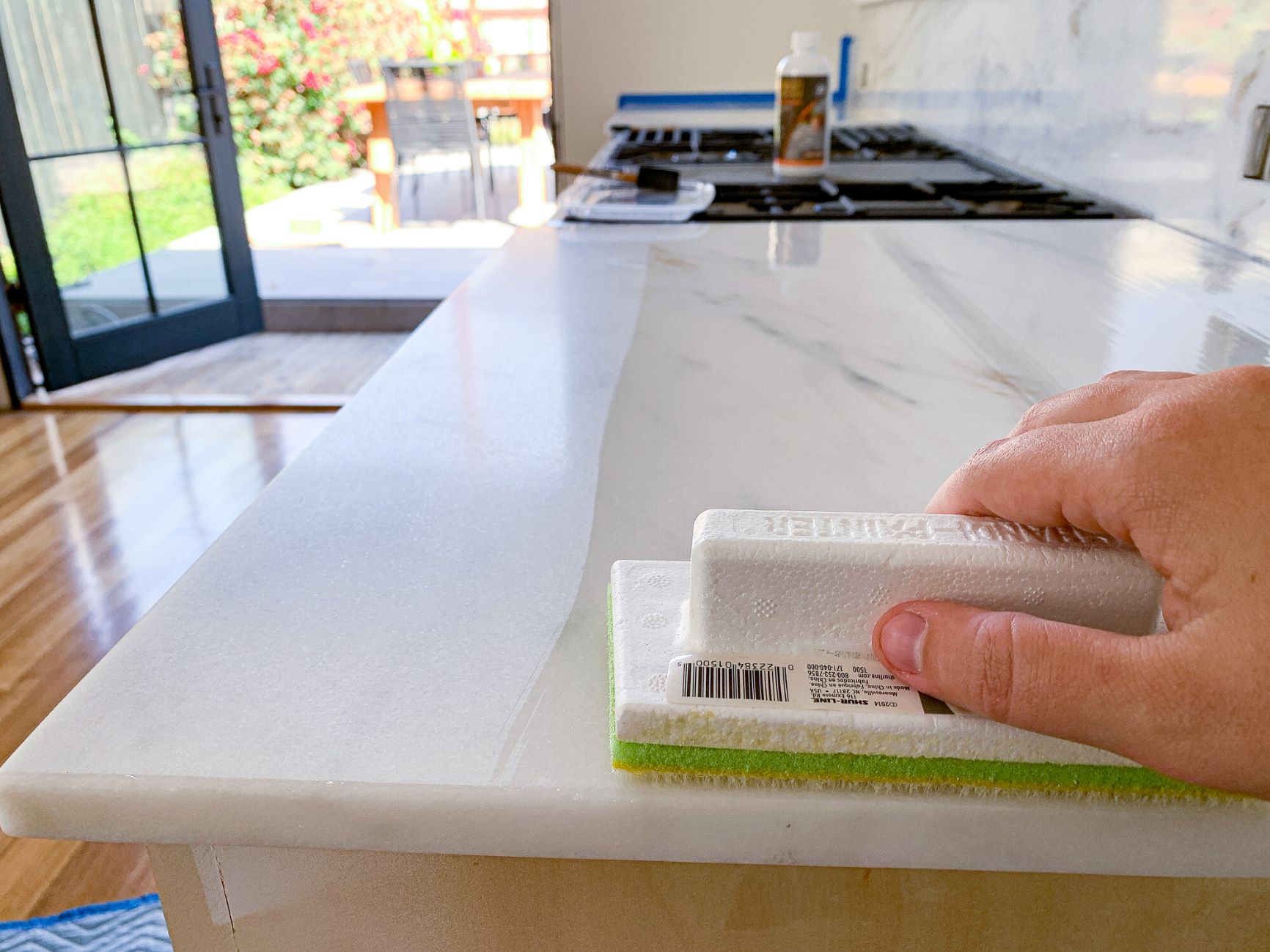
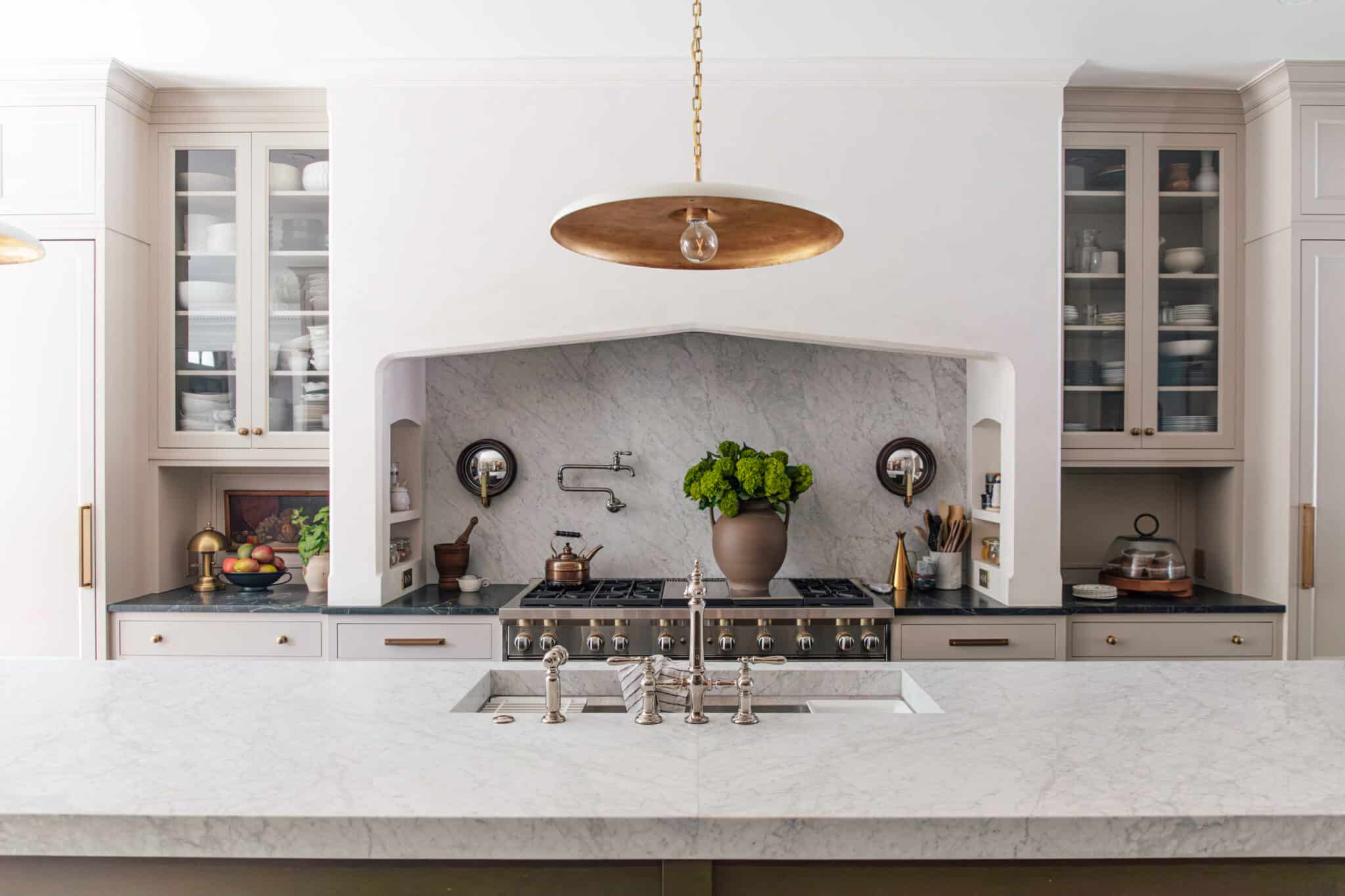
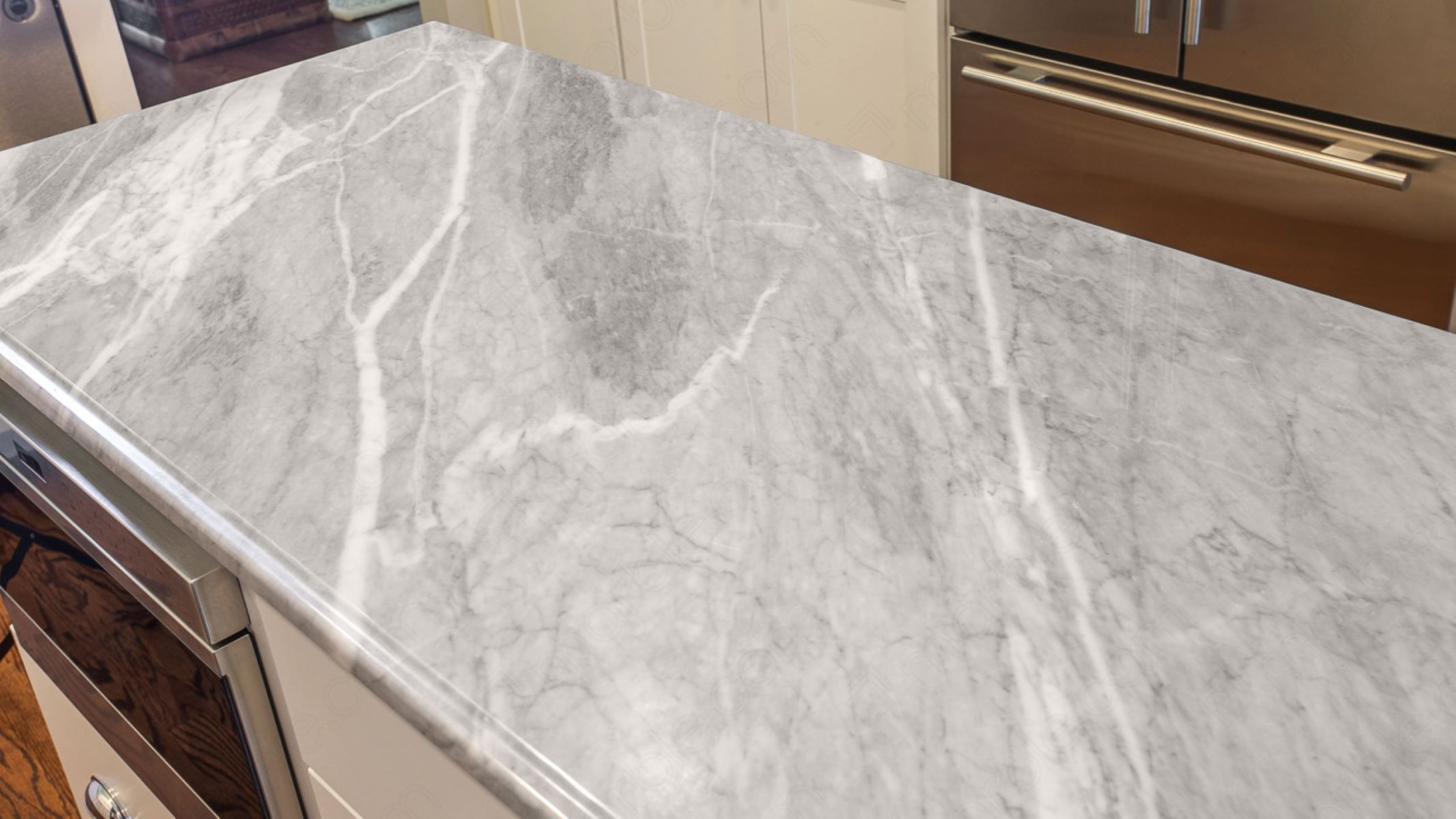
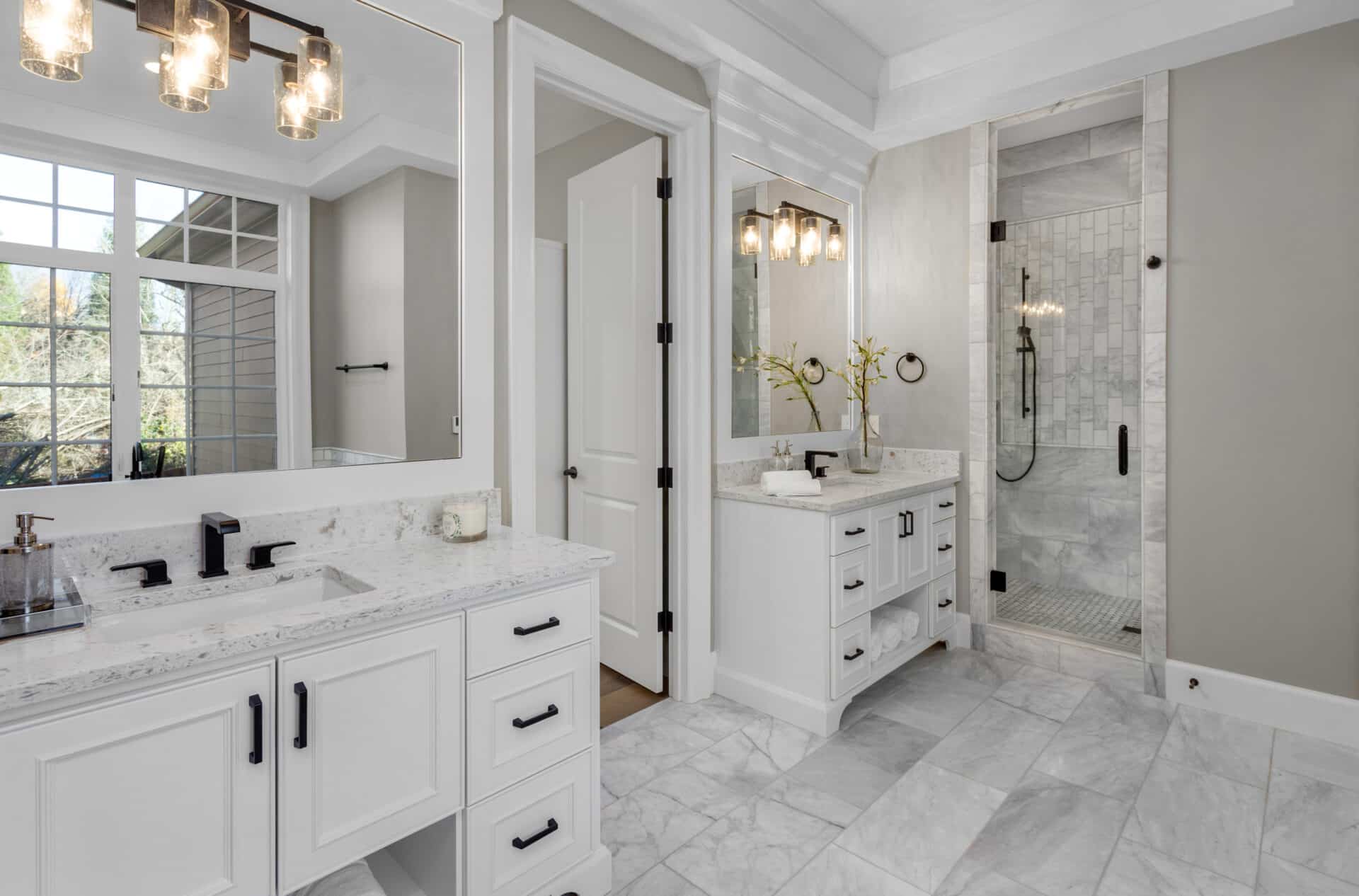
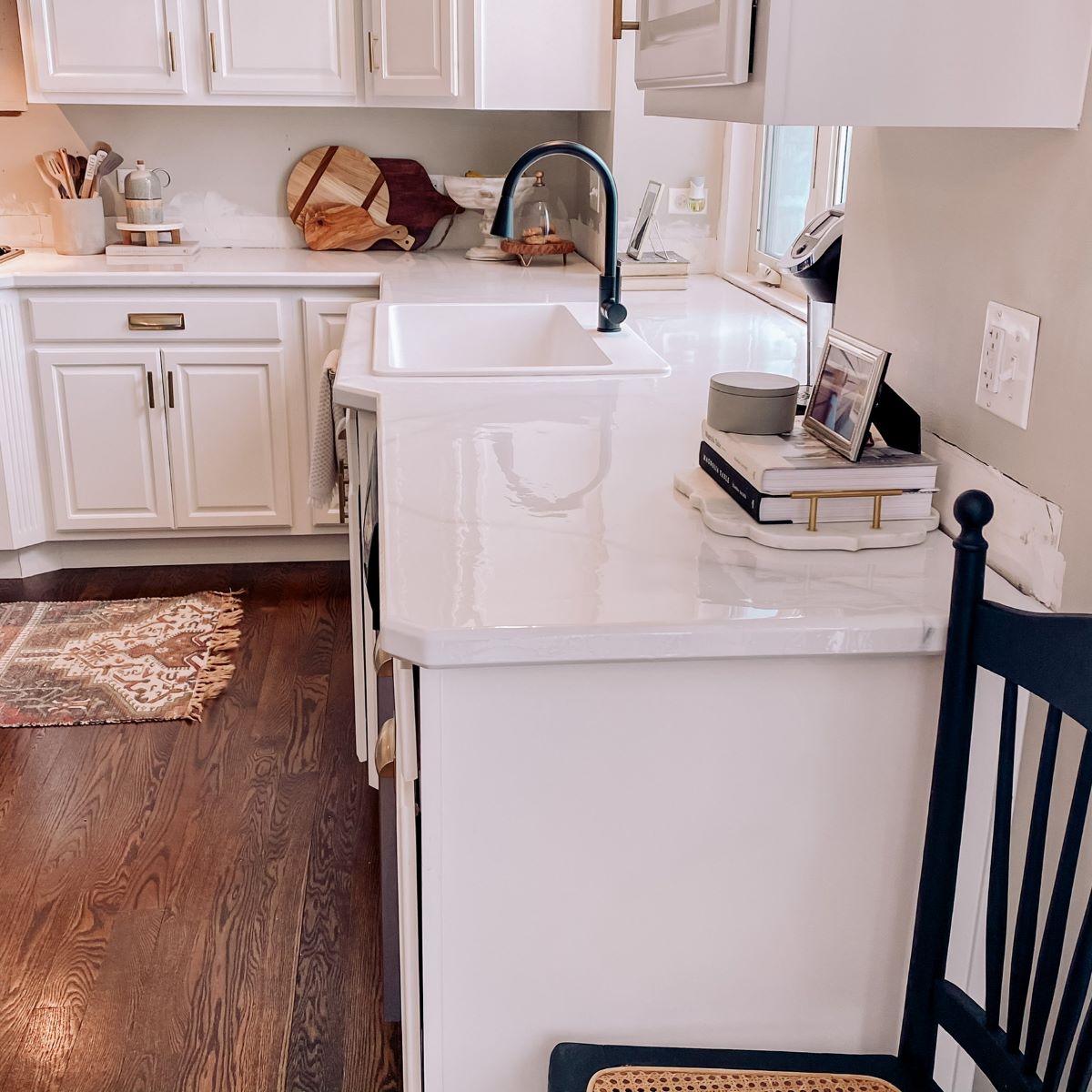

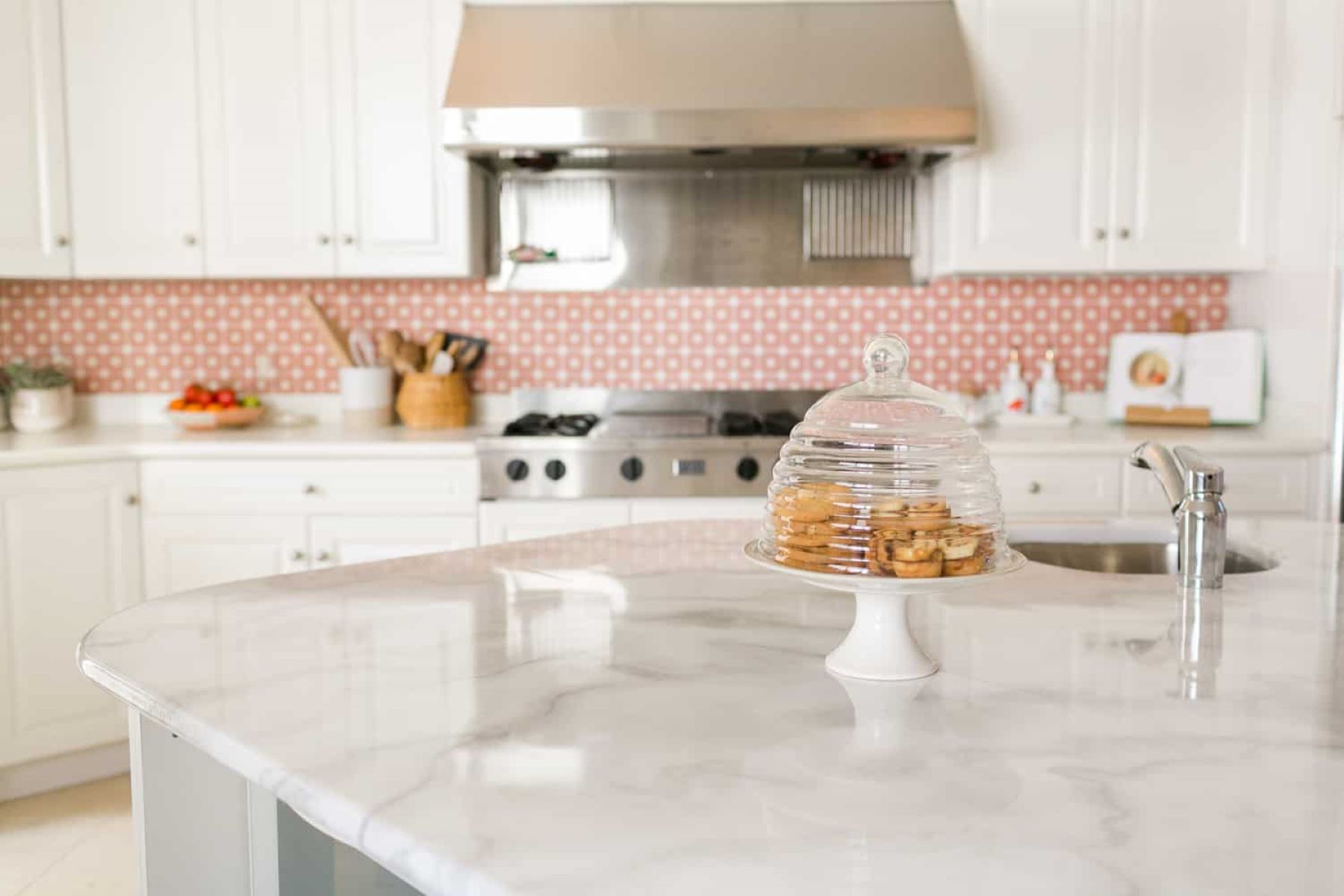
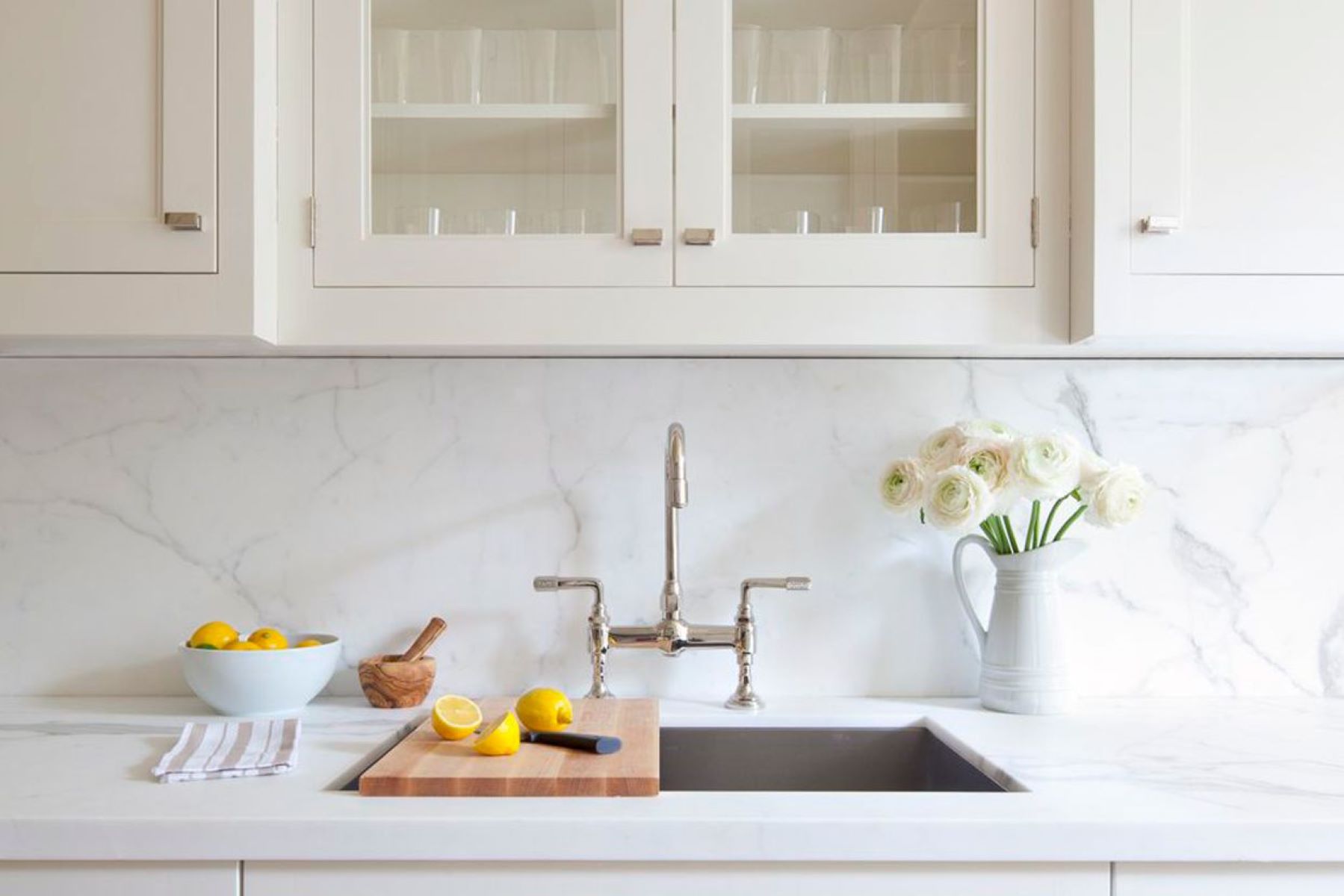
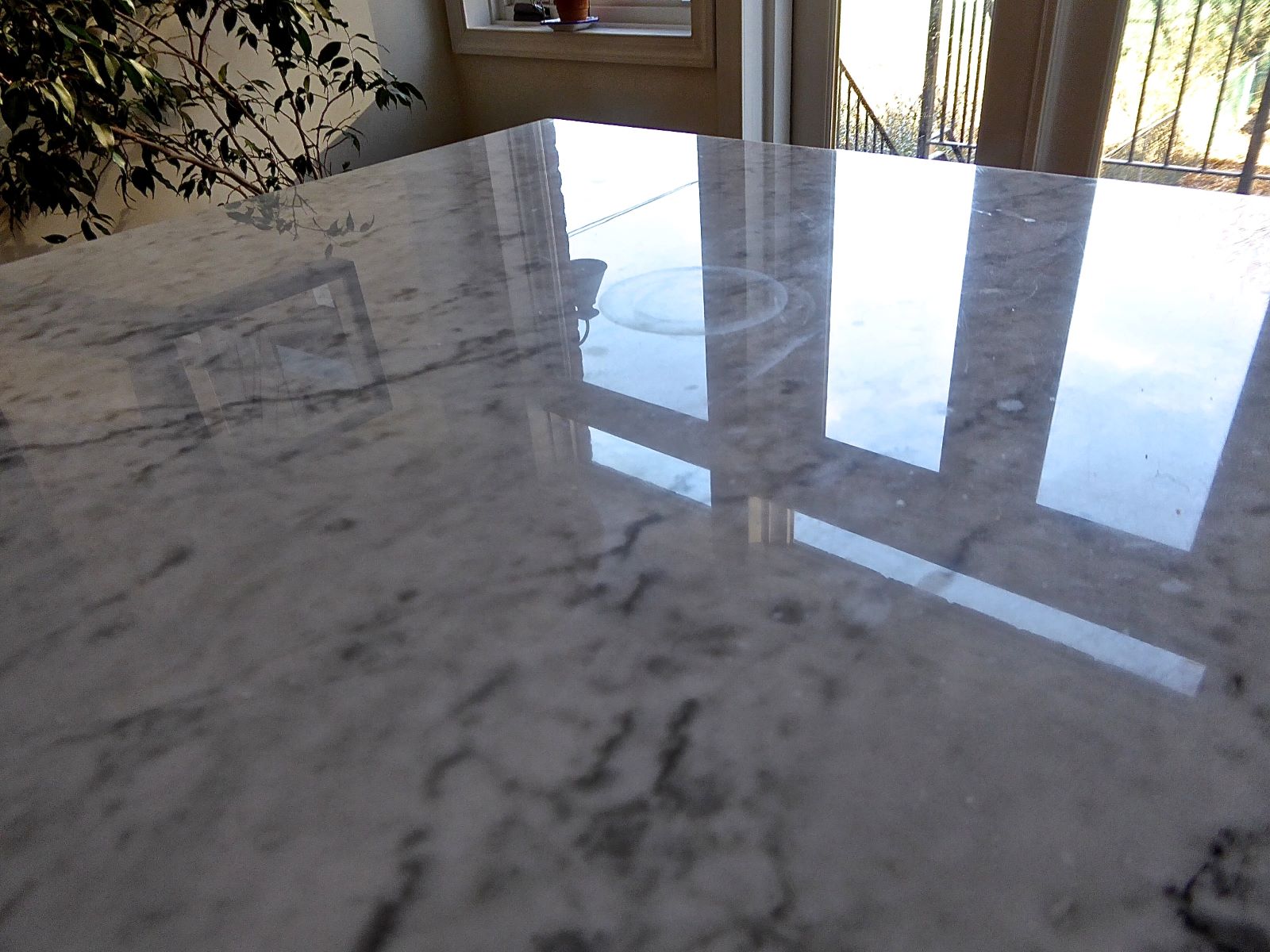
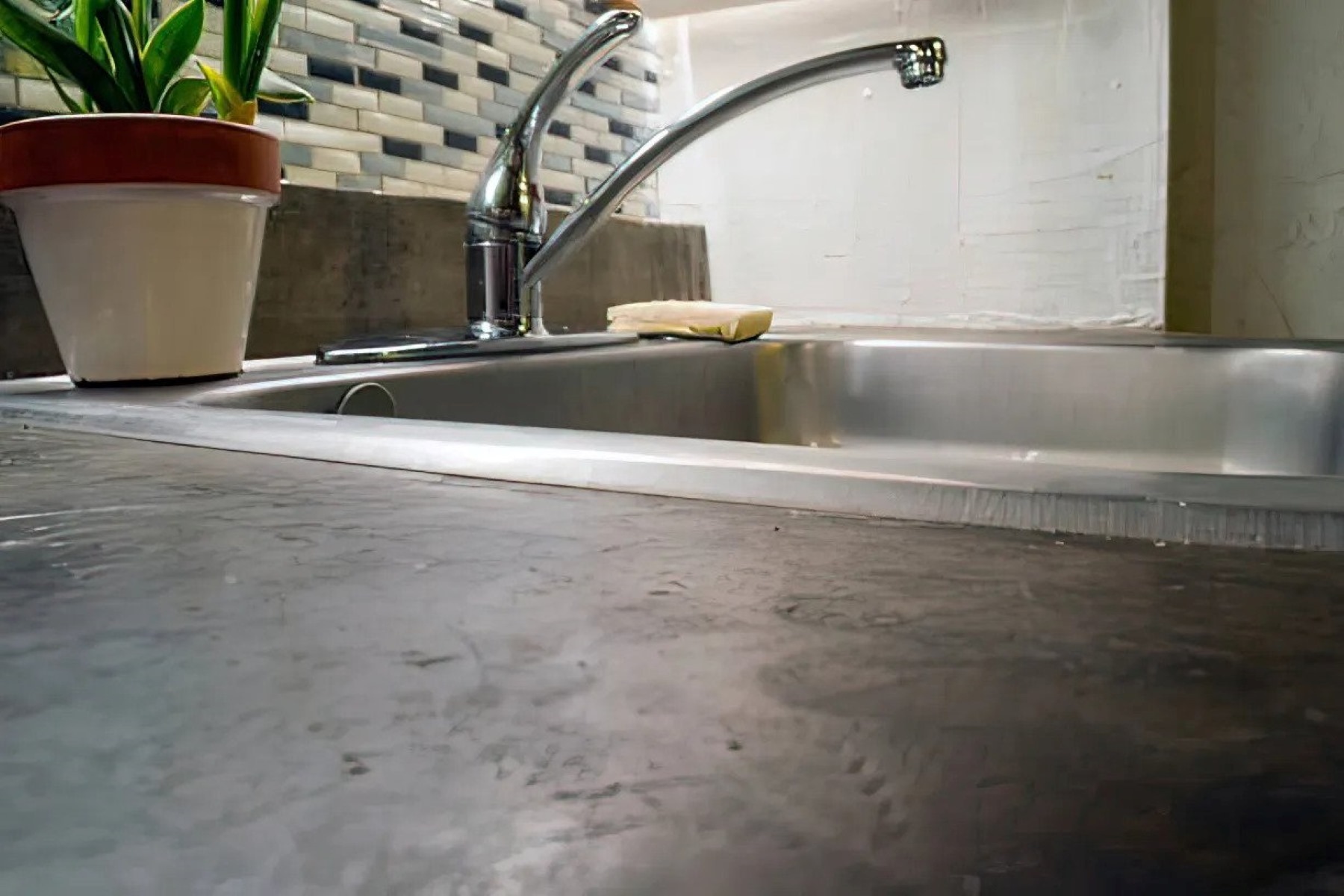
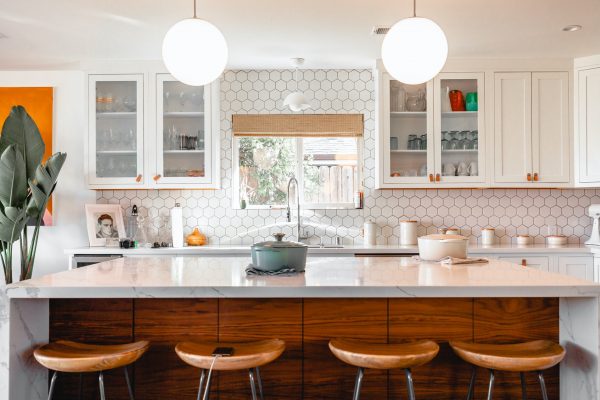
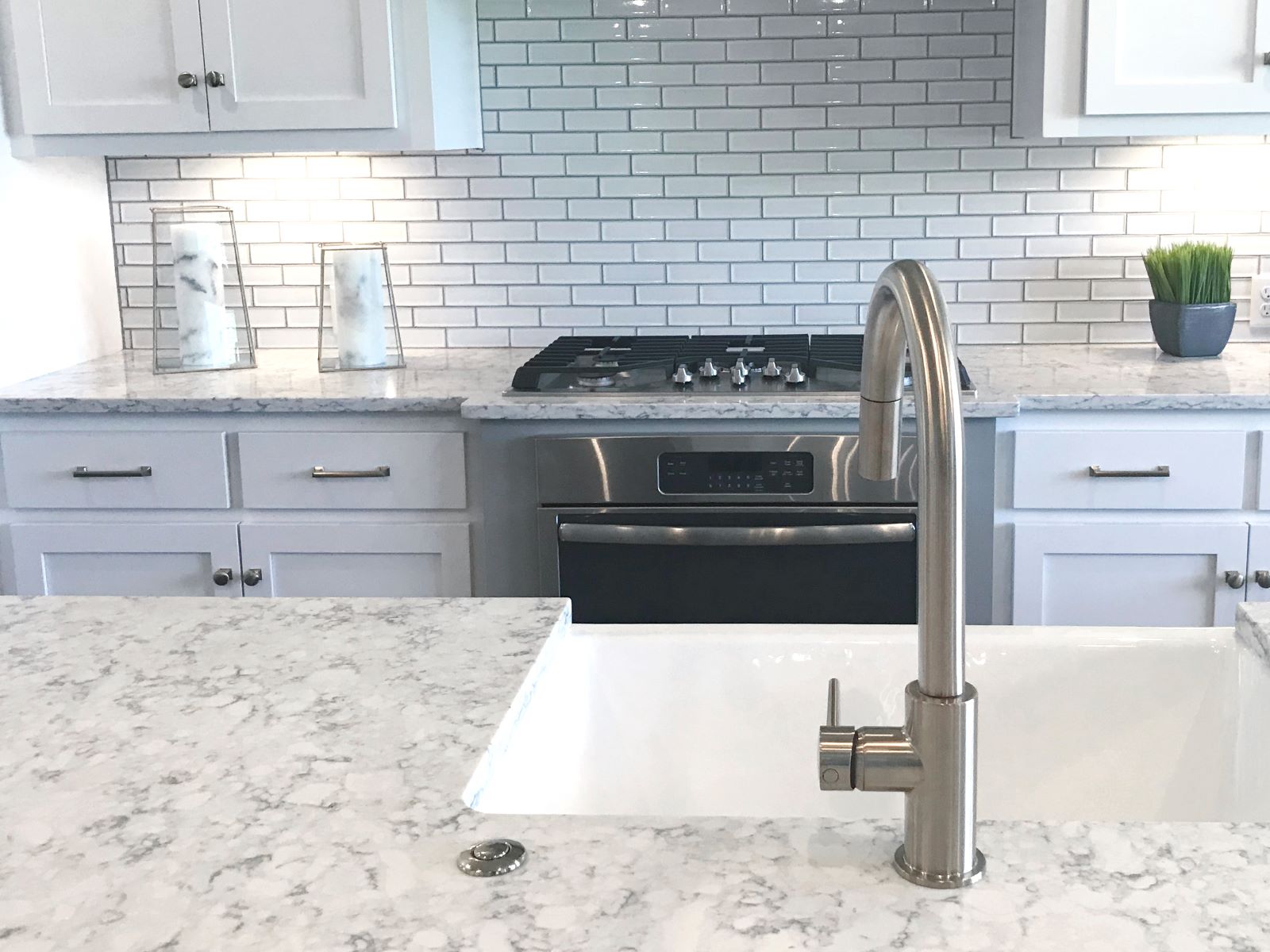
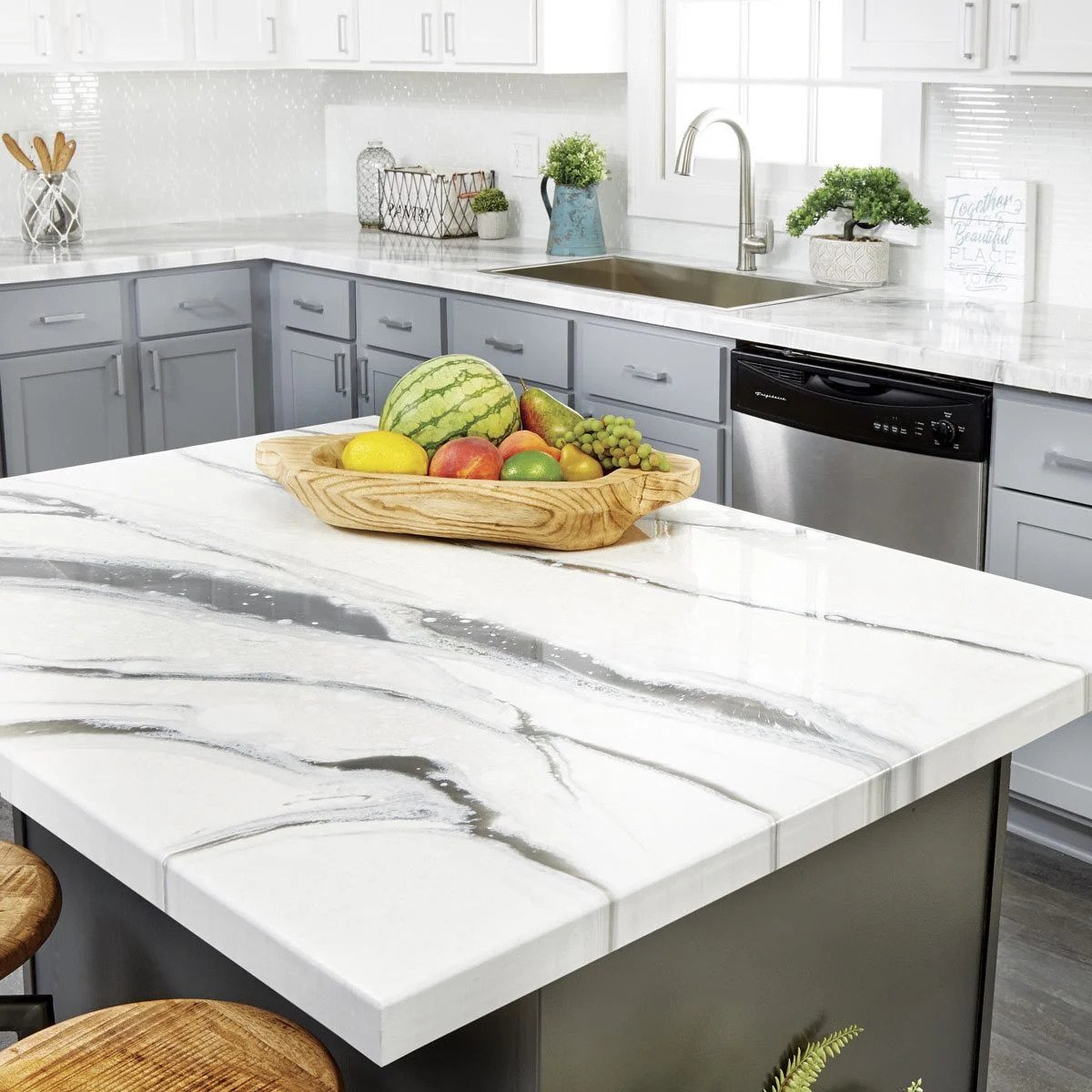
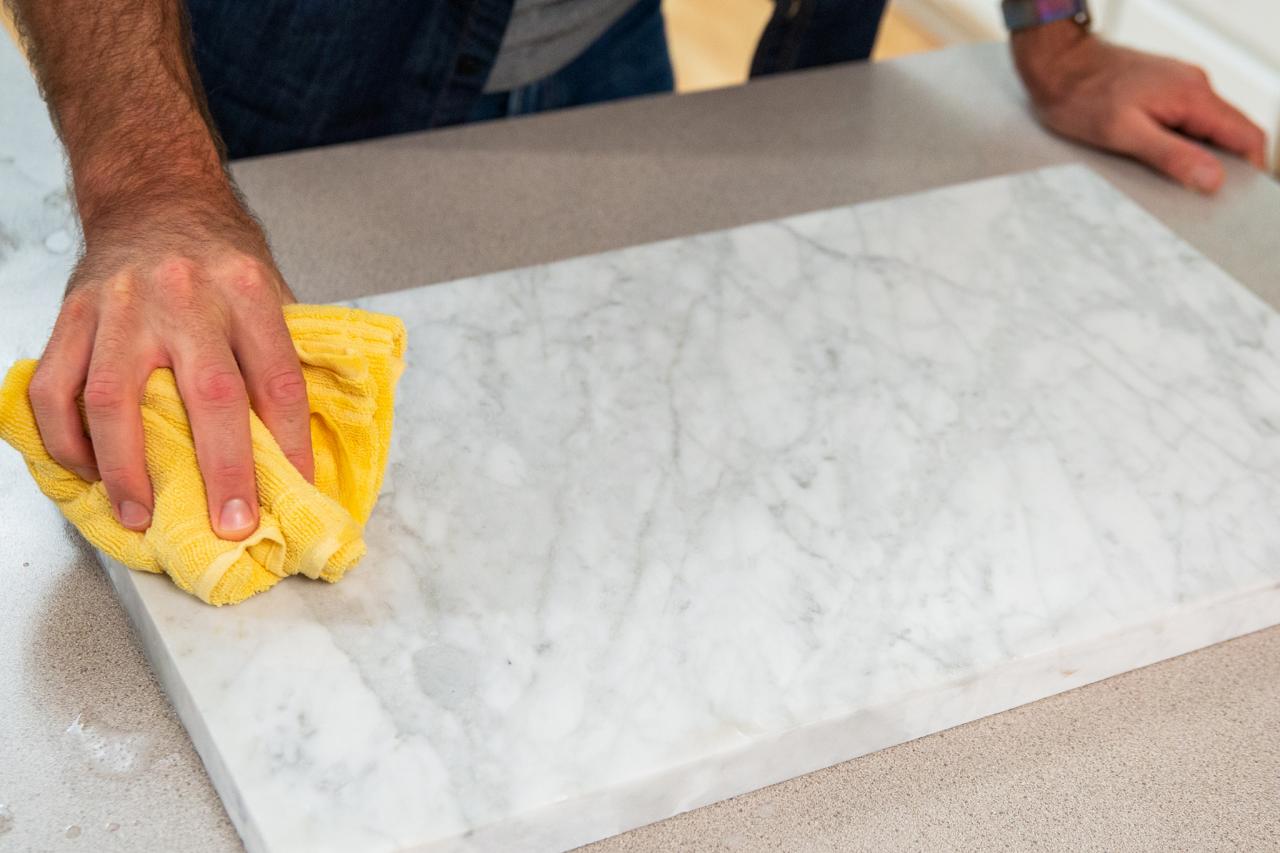

0 thoughts on “How To Take Care Of Marble Countertops”